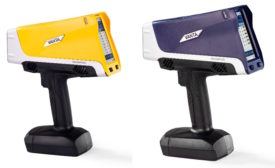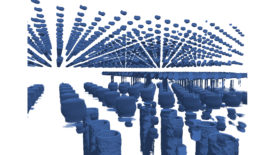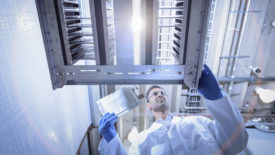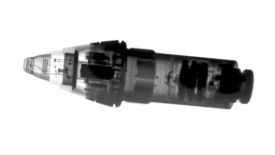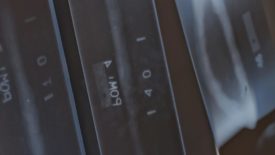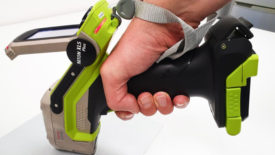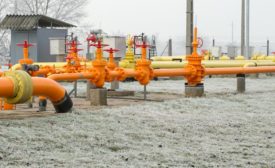Home » Keywords: » x-ray
Items Tagged with 'x-ray'
ARTICLES
New Product
Evident Scientific Next-Generation Vanta Handheld XRF Analyzers
January 23, 2024
NDT | Computed Tomography
The most effective and precise battery inspection technology
It’s the tiniest defects that are the major problems today.
January 8, 2024
NDT | Computed Tomography
Creating the Future of Mobility with CT Inspection of Batteries
Industrial x-ray and CT inspection supports quality control and failure analysis at all stages of a battery's lifecycle.
September 21, 2023
NDT | Radiography
Why Additional Training Is Needed When Transitioning From Film Radiography To Digital Radiography
It is essential to have additional formal training to understand key image quality requirements.
February 14, 2023
NDT | XRF
How to Measure Metal Coating Thickness Using Handheld X-ray Fluorescence Analyzers
Handheld XRF is an indispensable tool in quality assurance that provides multiple benefits.
February 8, 2022
NDT | Trends
Monitoring Assets with Restricted Access Phased Array
Corrosion is complex, and mitigating and managing it is not a linear process.
August 15, 2021
Get our new eMagazine delivered to your inbox every month.
Stay in the know with Quality’s comprehensive coverage of the manufacturing and metrology industries.
SIGN UP TODAY!Copyright ©2024. All Rights Reserved BNP Media.
Design, CMS, Hosting & Web Development :: ePublishing
